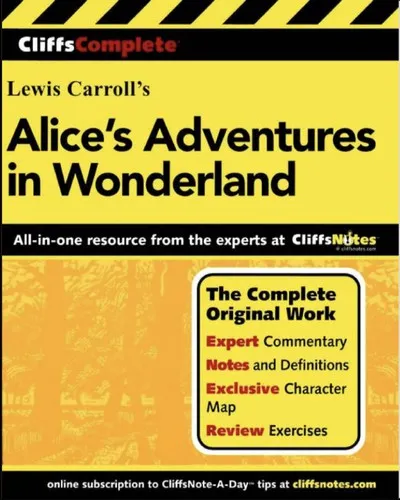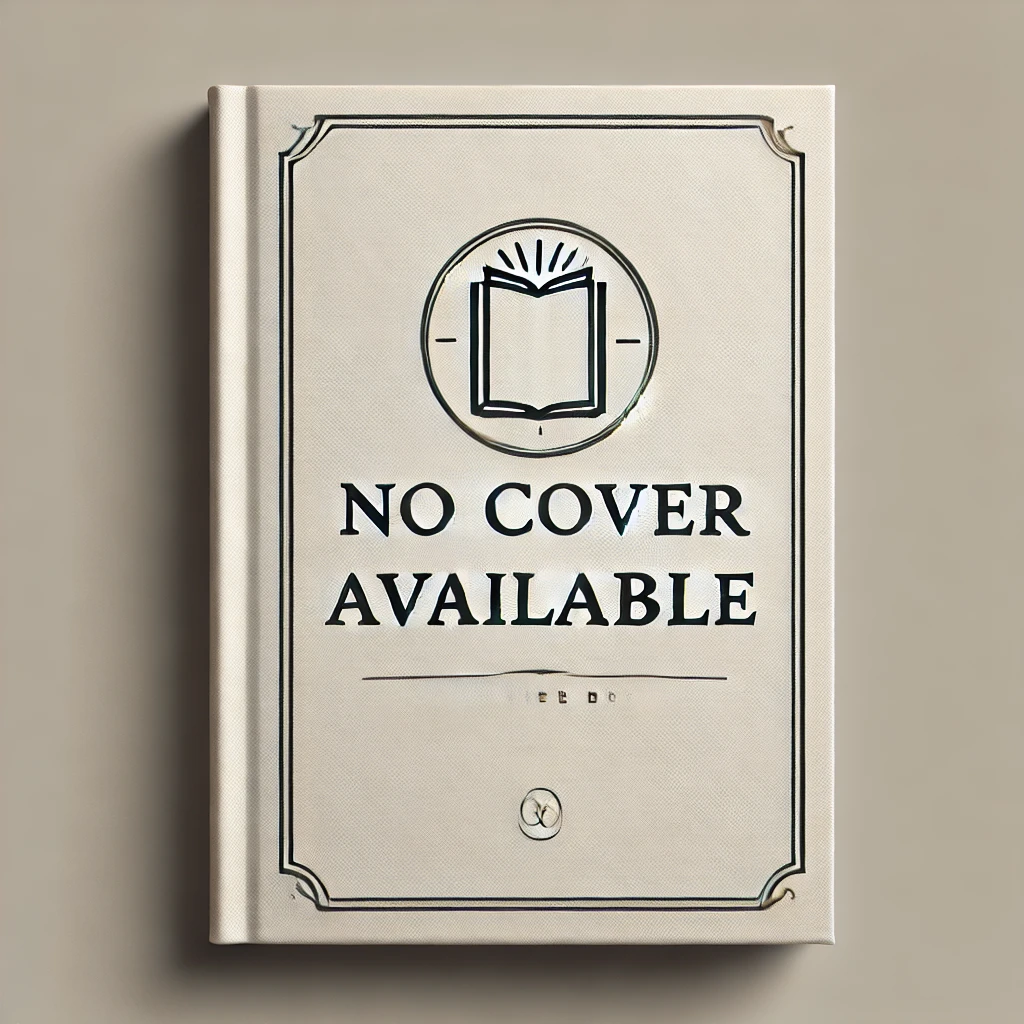In the CliffsComplete guides, the novel's complete text and a glossary appear side-by-side with coordinating numbered lines to help you understand unusual words and phrasing. You'll also find all the commentary and resources of a standard CliffsNotes for Literature. CliffsComplete Alice’s Adventures in Wonderland is revered as both a work of childhood whimsy and nonsense and as a satirical examination of the nature of language, Victorian morality, and the English legal system. Embark on your own adventure through magical worlds and social commentary — and save yourself valuable studying time — all at once. Enhance your reading of Alice’s Adventures in Wonderland with these additional features: A summary and insightful commentary for each chapter Bibliography and historical background on the author, Lewis Carroll A look at the historical context and structure of the novel Discussions on the novel’s symbols and themes A character map that graphically illustrates the relationships among the characters Review questions, a quiz, discussion topics (essay questions), activity ideas A Resource Center full of books, articles, films, and Internet sites Streamline your literature study with all-in-one help from CliffsComplete guides!
Lewis Carroll
Lewis Carroll, born Charles Lutwidge Dodgson, was an English writer, mathematician, and photographer best known for his children's novels "Alice's Adventures in Wonderland" and "Through the Looking-Glass." His literary style is characterized by whimsical wordplay, clever puns, and nonsensical logic. Carroll's contributions to literature include popularizing the literary genre of literary nonsense and creating iconic characters such as the Cheshire Cat and the Mad Hatter. His work continues to inspire generations of readers and remains a timeless classic in the realm of children's literature.




